We awoke today to three inches of fresh snow and had to prod our team of 19 porters and their 19 donkeys to rally for the long day up and over Bosium Pass, down to the banks of the Gerjaurb River, whose headwaters are our destination. Along the way, we passed beautiful glaciated peaks as tiny yellow flowers competed for scant real estate in the just barely melted portions of the valley. Winter seems to have finally loosened its grip on this small slice of northern Pakistan, and the early spring weather is a welcome respite from the heat we encountered just days before further south in the country.
At the end of the day, we arrive at Mindich La, a nomadic herders’ camp comprised of nothing more than a single stone structure and a small corral made from the surrounding sea of talus. Compared to the breathtaking scenery we have passed over the past few days, Mindich La is a dry and barren place, dusty and depleted from the dozens of sheep grazing about.

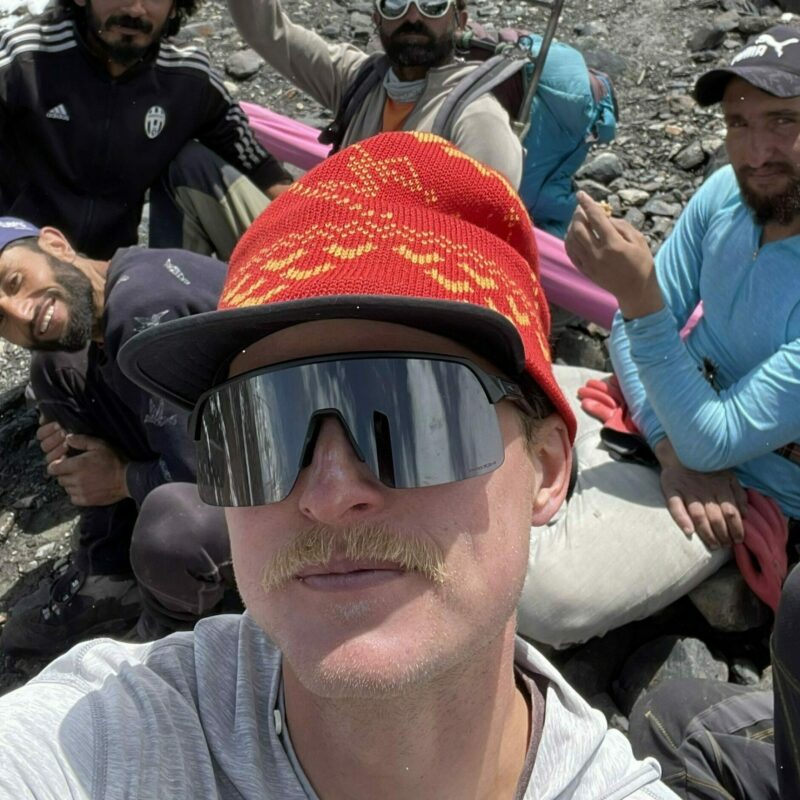
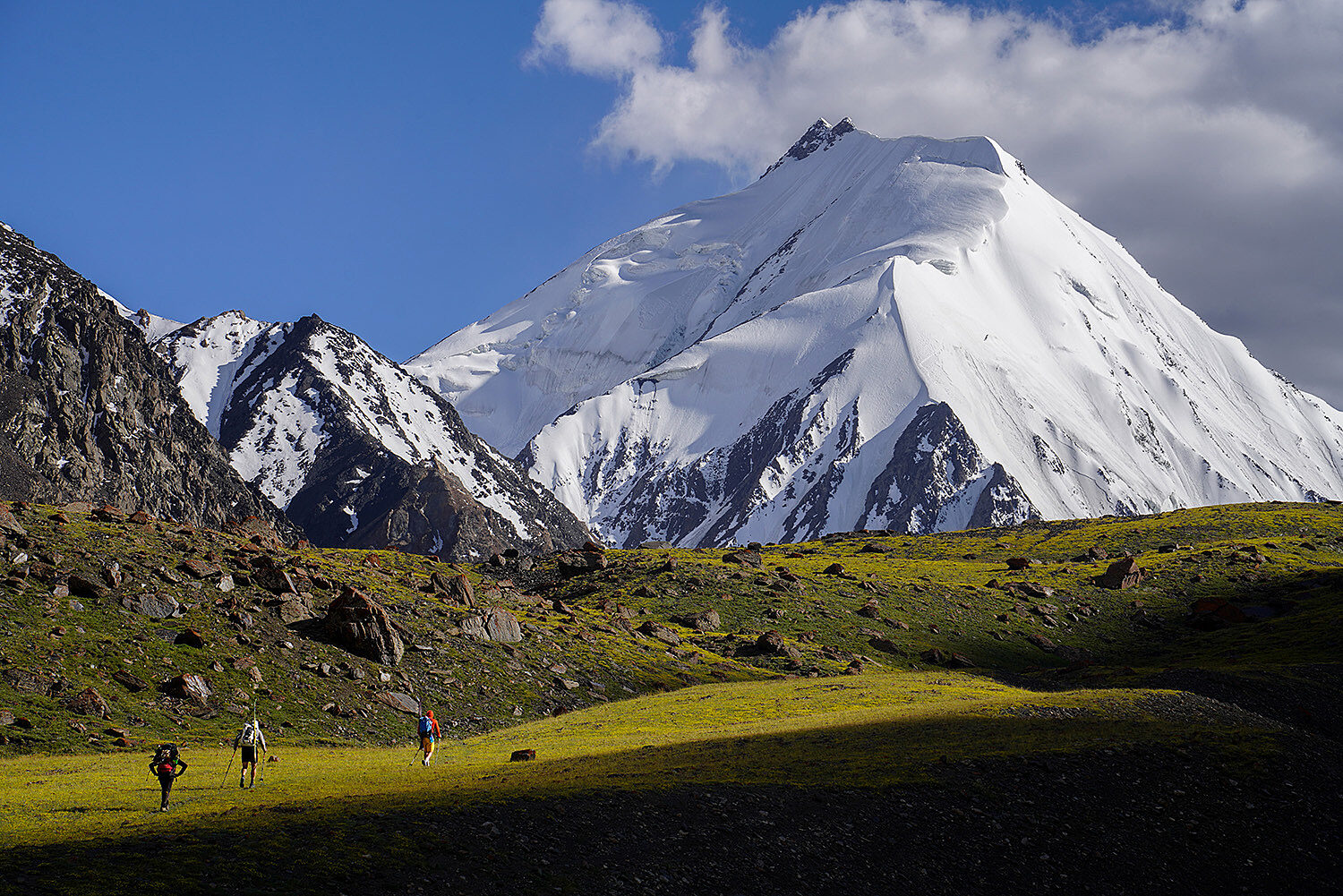
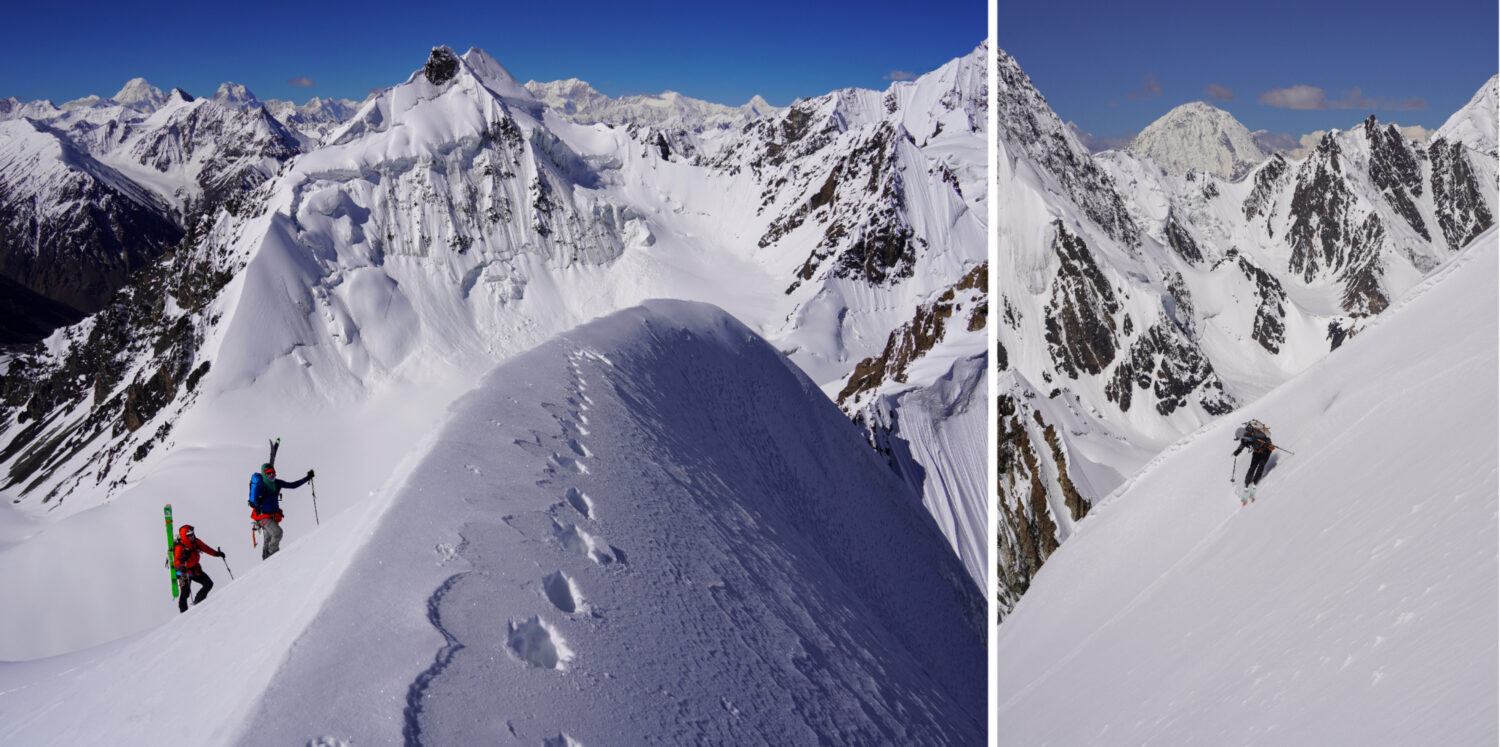
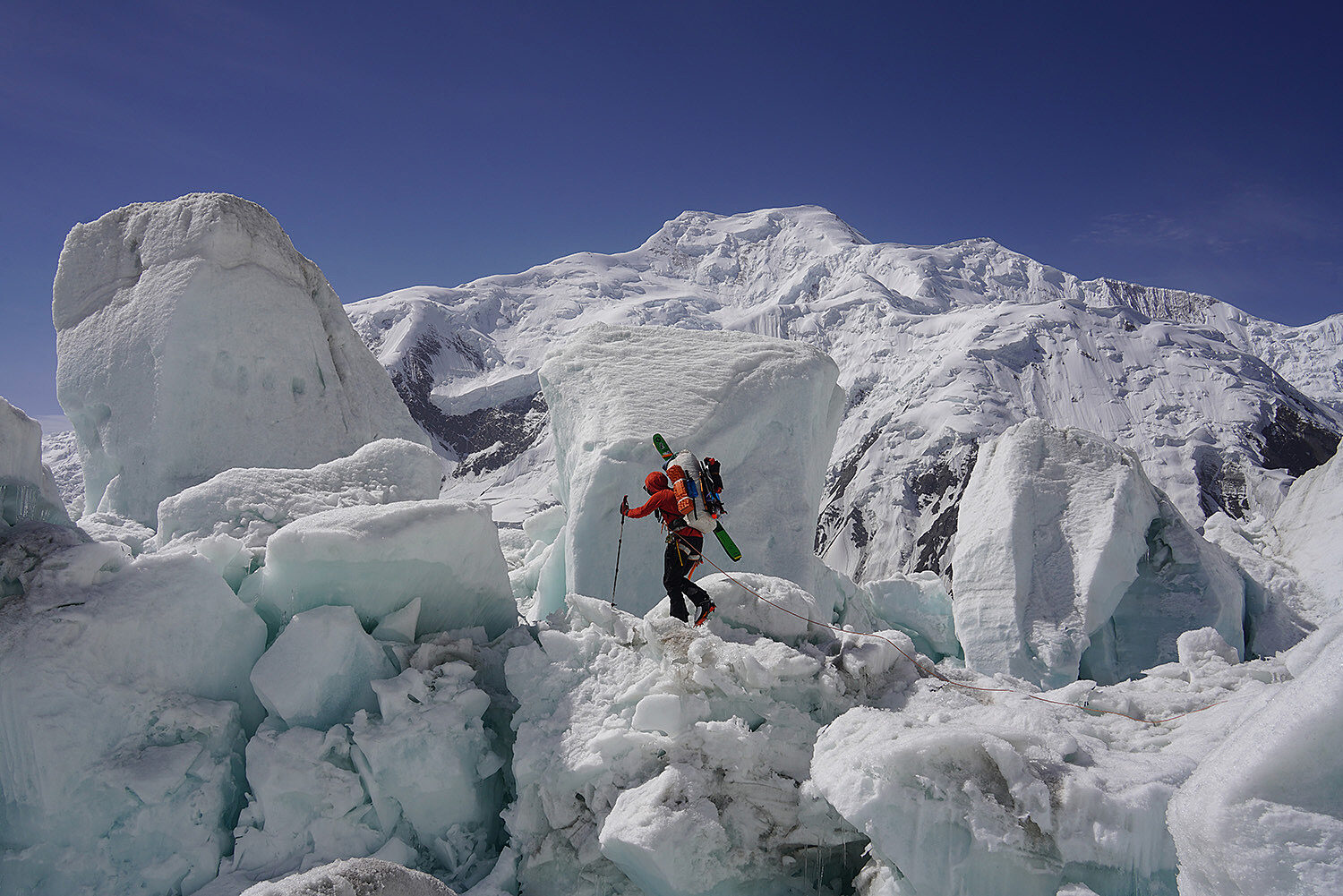
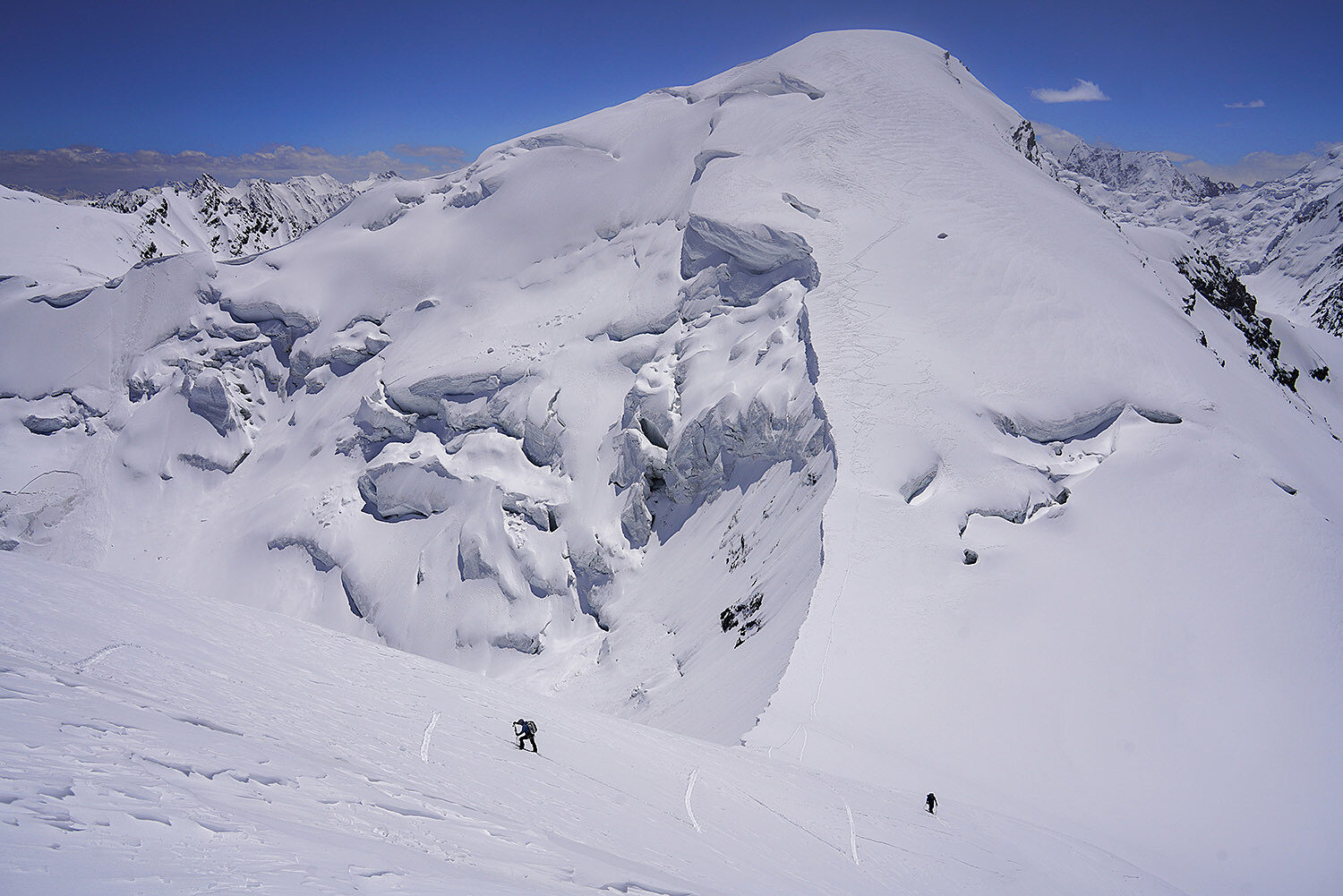
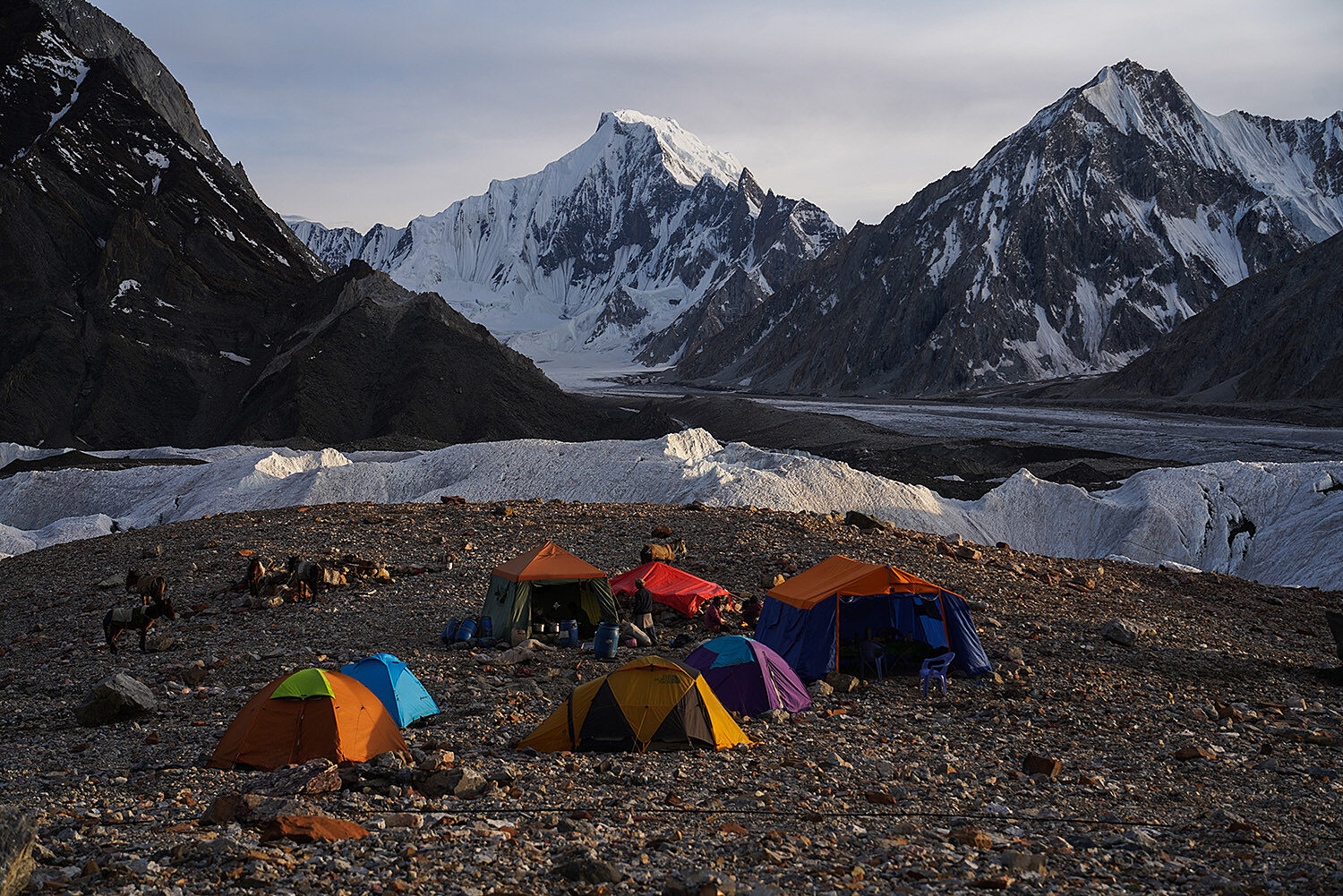
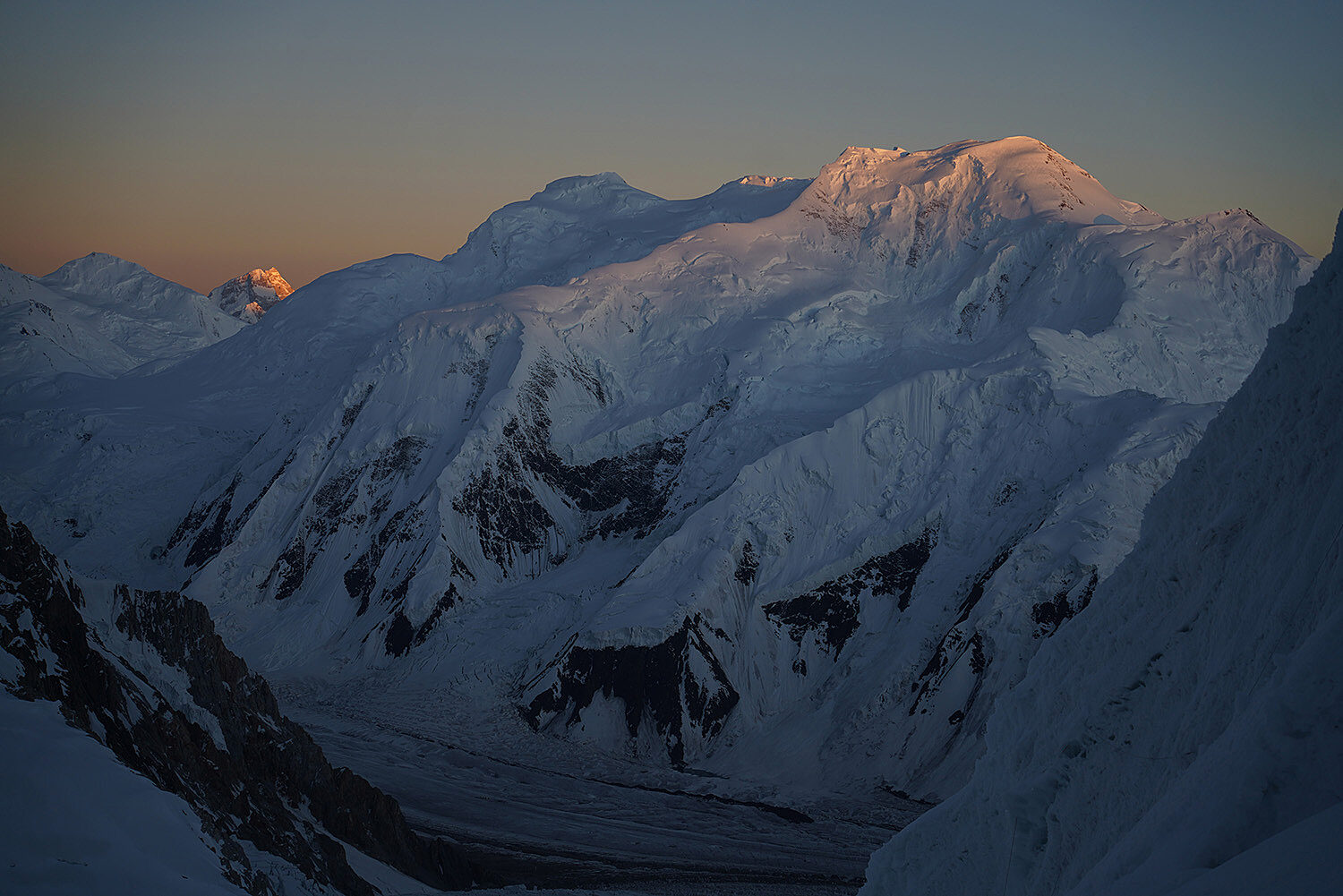
 MORE FROM BOMB SNOW
MORE FROM BOMB SNOW




